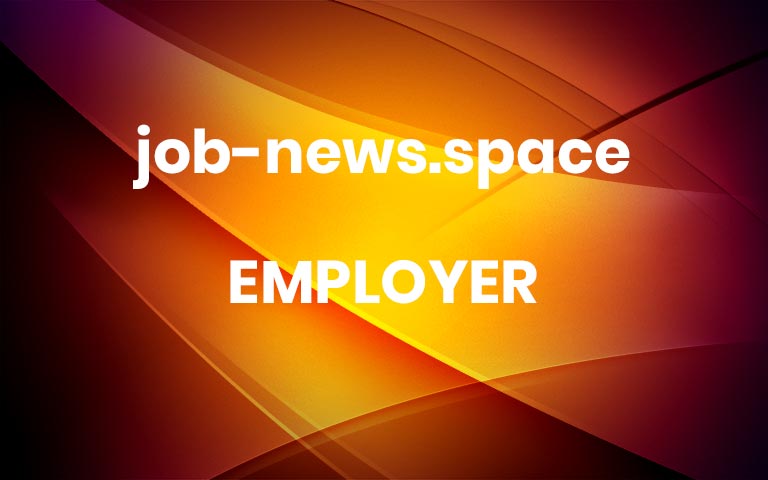How to Ask Better Interview Questions
If you want to hire the best people, you need to ask the best interview questions. Online CV builder resume.io gathered the most effective interview questions from successful business leaders and entrepreneurs. And it added some helpful tips and advice on how to incorporate them during your next big recruitment drive.
Good interviews start with good questions. Those questions need to be open-ended and probing. Open-ended questions can’t be answered with a “yes” or “no” or a static response. They’re often phrased as a statement and are designed to get your candidates talking as much as possible.
Common open-ended interview questions:
Tell me about yourself.
How would you describe yourself?
How would your boss or co-workers describe you?
What motivates you?
What do you see as your strengths?
What accomplishments are you proud of?
The best open-ended questions
Not all open-ended questions are created equal. “How would you describe yourself?” is vague and could lead the interview down an unfruitful path.
Instead, the trick is to ask open-ended questions that reveal the candidates’ suitability for the role you’re trying to fill.
Porter Braswell, CEO of diversity hiring startup Jopwell, asks his applicants, “What does success mean to you?”
Shippo CEO Laura Behrens Wu asks something similar. She inquires, “What are some things outside of work that you’re irrationally passionate about?”
Both questions appear unrelated to a specific role. However, they’re excellent tools for hiring managers who want to understand what drives and motivates their candidates.
For example, if your candidate plays a competitive sport and is motivated by a high salary, bonuses, and awards, then there’s a good chance they’ll thrive in a fast-paced, high-pressure sales environment.
Asking uncomfortable questions
According to billionaire entrepreneur Tim Ferriss, your success in life can usually be measured by the number of uncomfortable conversations you’re willing to have.
This is certainly the case for recruiters, who should never be afraid of asking really tough questions. After all, every candidate can look like a star if you keep pitching slow balls. Only an elite few can handle the fastballs and curveballs.
But finding the right balance is crucial. You want the candidate to open up, not clam up.
Former Etsy CEO Chad Dickerson uses this question to challenge anyone he interviews:
“Tell me about a time you really screwed something up. How did you handle it, and how did you address the mistake?”
It’s an excellent interview question. It assesses the candidates’ honesty and humility – would you really want to hire someone who claims they never make mistakes – and it’s an opportunity to tick off other essential competencies, including problem-solving and the ability to respond positively to feedback.
Here are some more ‘uncomfortable’ questions from successful business leaders:
“What would someone who doesn’t like you tell us about you?” – Luis Von Ahn, Duolingo CEO.
“What’s one piece of critical feedback you received that was difficult to hear?” – Pema Lin-Moore, VP of People Operations.
“Describe yourself in three words,” – Sara Blakely, Spanx CEO.
“If you were in my shoes, what attributes would you look for in hiring for this role?” – Tim Chen, Co-found and CEO of NerdWallet.
Get your candidates thinking
Elon Musk drops this brain-teaser in during his interviews:
“You’re standing on the surface of the earth. You walk one mile south, one mile east, and one mile north. You end up exactly where you started. Where are you?”
It’s not a trick question; the answer is The North Pole.
For Musk, the question tests a candidate’s cognitive ability – and that needs to be high if you’re designing rockets to Mars.
But the question is helpful in other ways, too – even if the candidate doesn’t know the answer. In fact, how they respond to not knowing can be extremely revealing.
Are they humble enough to say they don’t know? Curious enough to ask you to explain the answer? And if they try to wing or blag it, what else are they not being 100% honest about?
Start trying these questions out in your next interviews. You’ll be surprised by how much they’ll help you find the right person for the job.
Ashley Murphy graduated with a BA (Hons) in English Literature and Creative Writing from the University of Manchester. He works as a content writer for Resume.io, specializing in technology, higher education, and entrepreneurship.
Share this post: More



